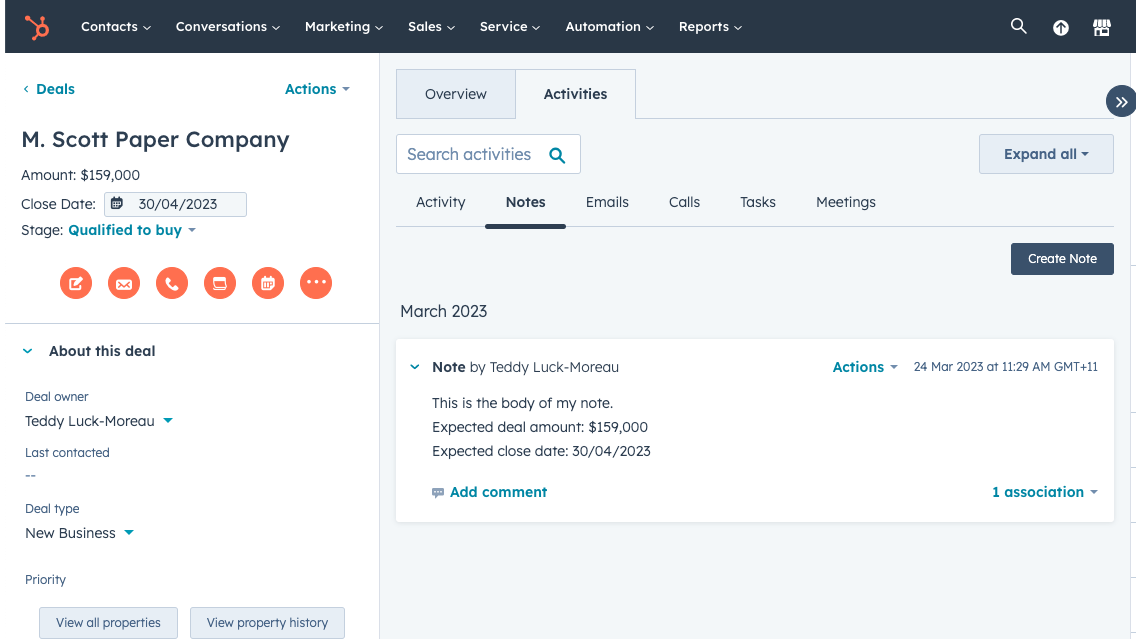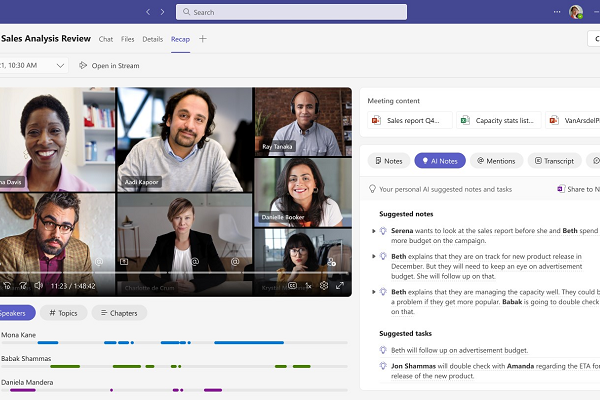Executive Calendar Management : Best Practices

Get the work done for any meeting
Meeting transcription, AI custom notes, CRM/ATS integration, and more
Your calendar tells the truth about your leadership. Not your vision decks. Not your all-hands speeches.
And right now, your calendar is stealing it.
This article shows you exactly how to flip i what an executive calendar really is and best practices that elite chiefs and EAs already use to reclaim 20+ hours a month.
What is an executive calendar?
An executive calendar is -like the name supposes- the calendar owned by executives in a company. It is a map that shows where the leader’s limited attention converts into company value, hour by hour.
Researchers who shadowed twenty-seven CEOs for 60,000 hours found that schedules decide strategy as surely as slide decks. A well-built calendar allots deliberate blocks to vision, talent, customers, and operations before any other invite lands.
An executive assistant usually guards that design. The EA screens requests, enforces rules, and keeps context switches rare, so meetings stop cannibalizing deep work. Clear protocols mean only the sessions that move a OKR or unlock a deal claim real estate on the page.
Deep-work science supports this gatekeeping. Time-blocked calendars can double output versus the same hours left open to chance, because focus compounds when interruptions vanish. Executives who defend quiet blocks finish strategic memos faster and walk into reviews fully briefed.
The real benefits of optimising your executive calendar

Your time map is capital. When you strip it of low-value meetings and schedule noise, you win back focus hours, speed decisions, lower admin costs, raise team trust, and shield profit. Each benefit compounds the others, turning the calendar itself into a growth engine.
Recapture deep-work hours
Executives now average 23 meeting hours every week—almost three full workdays. Deep-work research shows output can double when long focus blocks replace constant switching.
By batching meetings and blocking silent work windows, you prevent the context-switch tax that slashes quality and morale.
Faster decisions and strategic focus
Leadership studies tie calendar design directly to strategic execution; clear time for vision work lifts initiative success rates.
Fewer, sharper sessions also cut meeting overload that fuels executive burnout and slows pivots.
Lower scheduling overhead
Professionals already waste three-plus hours a week just booking meetings. Financial Times AI schedulers learn preferences, auto-resolve conflicts, and shrink that inbox ping-pong to minutes.
Your assistant redirects saved time to higher-value tasks like briefing or stakeholder prep.
Lift team trust and engagement
Transparent calendars show what leaders value and when they are truly available, boosting employee confidence. Studies link leadership access to higher engagement scores; engaged teams deliver stronger results even in a down market.
Protect the bottom line
Unproductive meetings already cost U.S. firms $259 billion a year and U.K. firms £50 billion. Bain once traced a single weekly manager meeting to $15 million in annual labour cost.
Cutting or compressing low-impact slots keeps that cash in the margin and funds strategic bets.
Executive calendar-management best practices

A great calendar eflects the battles you choose to fight—and the ones you ruthlessly ignore. To win back your time, your team’s focus, and your company’s edge, you need strong lines, not soft preferences. Here’s how to lock it down.
1. Anchor around strategic pillars
Your calendar is your strategy in motion.
You must block recurring time for the four engines of leadership: Vision. Talent. Customers. Operations. In that order.
Vision work—strategy, new bets, scenario planning—comes first because without it, ops just run yesterday’s plan harder.
Talent work—coaching, hiring, succession—scales you beyond your personal output.
Customer work—sales, partnerships, account health—feeds the next quarter and keeps reality in view.
Operations—metrics reviews, financials, board meetings—keep the ship afloat but must not choke out the others.
If a new invite displaces these blocks, you are mortgaging the future for today’s noise. Say no.
2. Enforce a gateway policy for all meeting requests
No meeting goes straight into your calendar. None.
Every request must pass through your EA or scheduler, who uses strict filters:
- Is the goal clear?
- Is the executive necessary, or could someone else decide?
- Does the expected value of the outcome beat the cost of attendance?
Most meetings will fail. That’s good. Your time isn’t a democracy—it’s an investment portfolio.
3. Batch similar meetings
Context switching is a silent killer. McKinsey pegs the loss at 20 % of cognitive capacity per switch.
You bleed IQ points every time you jump from a financial review to a product brainstorm to a candidate debrief.
Batch calls with similar emotional and cognitive weight.
Example: group investor updates on Tuesday afternoons. Bundle all talent one-on-ones into Friday mornings.
Protect the mental "theme" of the day whenever possible. Creativity needs different fuel than compliance. Guard both.
4. Block deep-work “white space” daily
Deep work doesn’t happen accidentally. It happens by force of schedule.
You must block at least one 90-minute focus zone every day. No calls. No drive-bys. No “just five minutes.”
Treat this block as immovable as a board meeting. You wouldn’t miss a $10M client pitch; don’t miss this either.
Use it to write memos, think, create, plan—not to react.
5. Audit ruthlessly every week and quarter
Calendars rot faster than you think. Good intentions turn into bloated status updates and habitual rehashes.
Set a weekly 15-minute audit block. Scan next week:
- Cancel anything without a sharp agenda.
- Shrink anything that could finish faster.
- Combine or delegate where possible.
Each quarter, run a “Calendar Cleanse” with your EA. Calculate the total meeting hours you saved or wasted. Reset rules as needed.
Partner with AI, but own the rules
AI scheduling tools are smart enough now to auto-prioritize, defend focus blocks, and fill travel gaps efficiently.
Use them. But remember: tools follow parameters. You set the rules.
Tell your AI what matters: “protect white space,” “batch external meetings,” “max two late days per week.”
Otherwise, it will simply mirror everyone else’s chaos faster.
Optimizing Your Executive Calendar Before & After the Meeting: Noota

Your calendar only wins you time if meetings stay tight, clear, and actionable. Most don't. You walk in without full context. You walk out without full capture. And your assistant spends hours stitching together fragments.
Noota ends that chaos. It upgrades your meeting lifecycle before, during, and after—with no extra work from you :
- Before the meeting: Noota connects directly to your calendar—Google or Outlook—in seconds.
When you accept a meeting, Noota scans prior notes, past meeting summaries, and key decisions.
It compiles a Prep Pack: a crisp one-page brief highlighting what’s open, what’s agreed, and what’s still a landmine. - Capture what matters : Noota’s smart bot joins the call silently.
It transcribes in real-time, auto-labeling by speaker, topic, and action item.
You can tag key moments with a single tap. "Budget approved." "Deadline shifted." "Need to escalate." - Instant Follow-Up : By the time you close the call, Noota has already drafted the Summary Report.
It highlights Goals, Decisions, and Actions—linked to the exact quote and timestamp.
Want to make the most of your all your meetings ? Try Noota for free.
Get the work done for any meeting
Meeting transcription, AI custom notes, CRM/ATS integration, and more
Related articles

Forget note-taking and
try Noota now
FAQ
In the first case, you can directly activate recording as soon as you join a videoconference.
In the second case, you can add a bot to your videoconference, which will record everything.
Noota also enables you to translate your files into over 30 languages.

.svg)
.svg)
.webp)

.png)


.svg)
